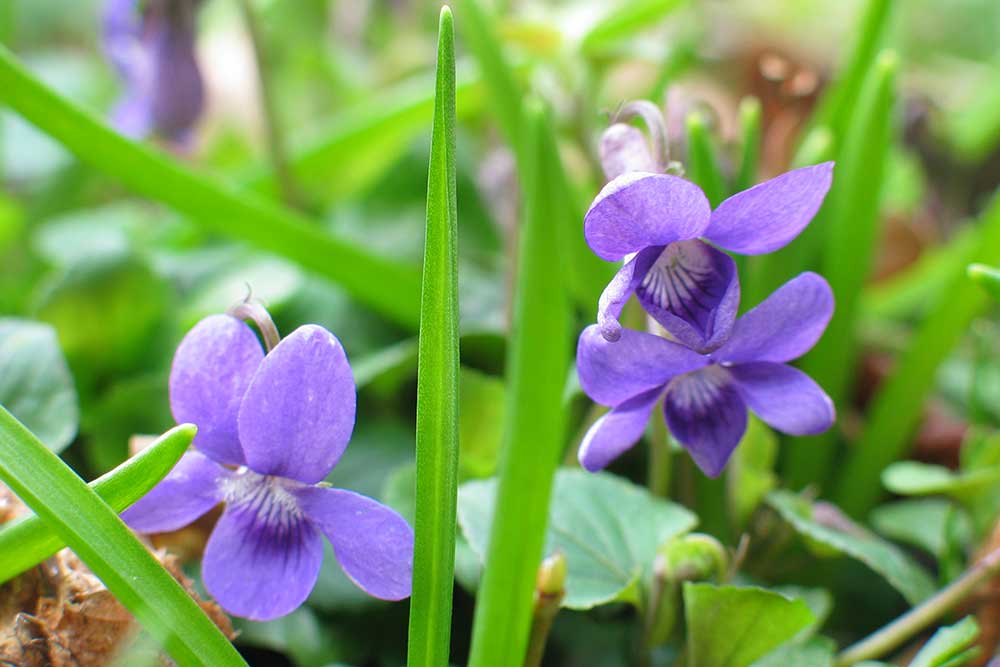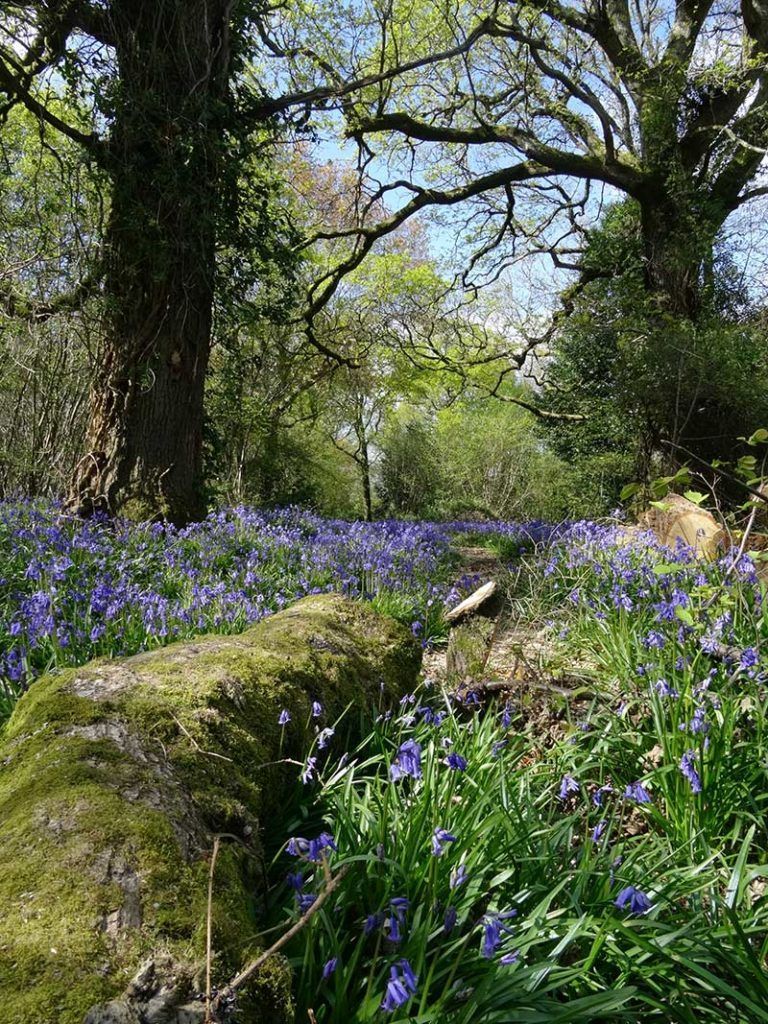Woodland management

Despite more woodland in England today than 20 years ago, woodland birds, butterflies and plants still decline in neglected, mismanaged or under-managed wood.
Overgrazing by a soaring deer population and nutrient enrichment from atmospheric pollution compound the problem. We need better, as well as, more woodland, if it’s to be protected and enjoyed by future generations. This requires a more informed and more active approach to woodland management.
Woodlands with dormice
It’s illegal to disturb a dormouse resting place, making it theoretically illegal to manage woodlands with dormice. However, dormice live in successional vegetation growth that is only sustained through active management.
In Britain, this anomaly is resolved by allowing management in small or medium-sized woodlands possible without a licence as long as best practice guidelines are followed.
Currently those guidelines are provided in:
- PTES’ Managing small woodlands for Dormice
- The Dormouse Conservation Handbook
- A protocol for undertaking woodland management in England where dormice are present (Forestry Commission)
Woodland management aims
1. When active, dormice are arboreal and prefer not to come to ground
Maintain areas of dense scrubby growth in the wood connected by similar, linear type habitat i.e. areas of coppice could be connected by managed ride sides and/or woodland edge.
Prevent shading of the understory. Allow sprawling lateral branches to develop which provides arboreal routes for the animals to use.
Dormice occur most frequently in boxes in young successional habitat aged between 8 – 20 years. To sustain a dormouse population it is thought that at least 10 ha of this habitat type needs to be maintained within a woodland.

2. When active, dormice are successional feeders
Maintain an adequate diversity of woody plant species to provide a continuous sequence of flowers and fruits from April to November. Age diversity is important too, in the canopy trees, shrub layer and any coppice that is present.
Woodland management (for small woods up to 10ha) objectives
- Undertake any tree, scrub or coppice work between November and March to avoid disturbing nesting dormice. The destruction or disturbance of a breeding nest can seriously affect the local dormouse population.
- Keep fire sites, paths and trackways to a minimum to avoid harming hibernating dormice
- Fell or coppice in small non-adjacent blocks (no larger than ¼ha depending on woodland size) to ensure a complete dormouse home range is not destroyed. Aim for a complete cycle over about 20 yrs.
- Retain arboreal connection between habitats such as coppice blocks to allow dormice to travel throughout the woodland without coming to the ground.
- Maintain coppice stool density by layering or planting
- Manage deer populations
Other management advice
Take a look at our hedgerow management for dormice pages.
We have been working to save hazel dormice in the UK for over 20 years. Find out about our campaigns and how you can help.
Go back to Hazel dormouse conservation
